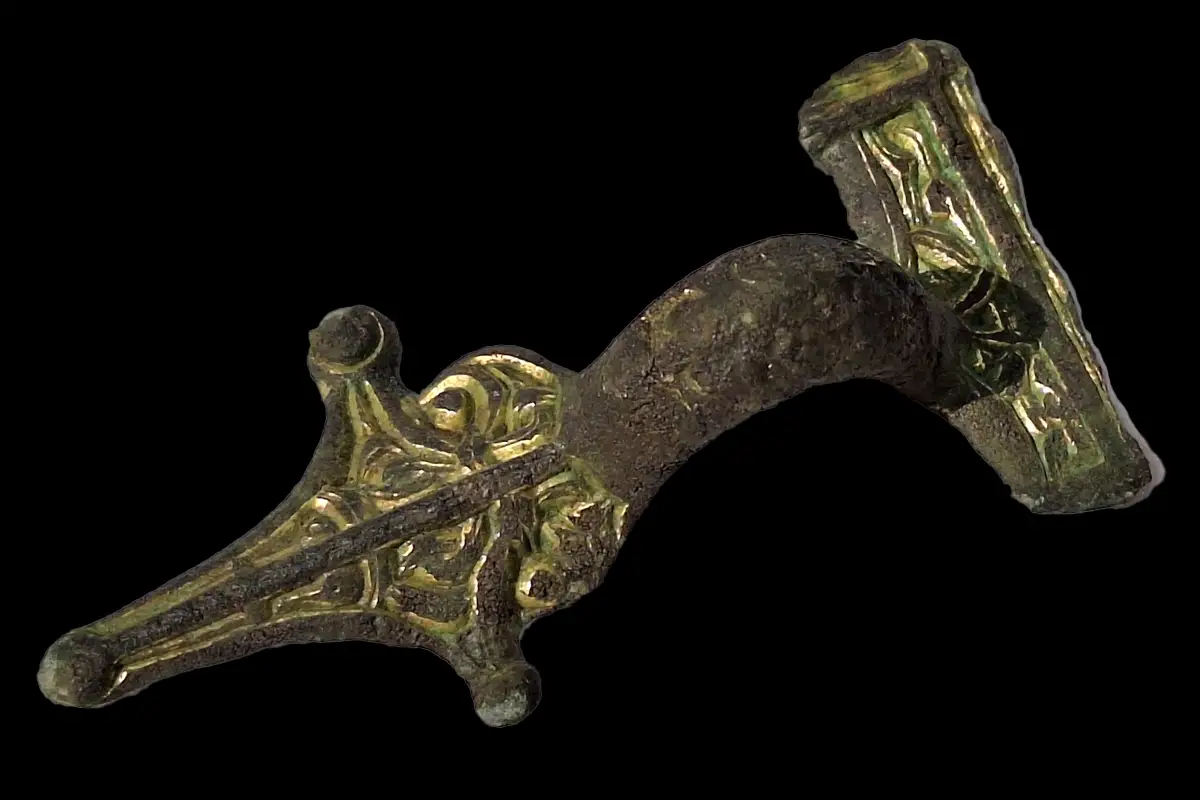A rare Migration Period brooch has been discovered in Kemi, Lapland.
The Migration Period, also known as the Barbarian Invasions, was a period marked by large-scale migrations of various tribal groups and cultures from roughly AD 300 to 600.
This period saw the fall of the Western Roman Empire and the rise of Germanic influence on the Finnish cultures living in regions such as Lapland.
The brooch was unearthed by Merja Talvensaari, a licensed metal detectorist while conducting a survey in an area known for Iron Age burials in Kemi.
According to experts, the brooch is made from gilded bronze and dates from around AD 475 to 550. The exterior is intricately decorated with stylised animal motifs, indicating that the owner held a high status in society.
Much of the original gilding is retained on the front, although the back has since worn away. A careful study has revealed the depictions of four bird heads and a cervid, possibly a deer, reindeer, or elk.
Sami Raninen from the Finnish National Board of Antiquities, said: “No brooch of the same type has been found in Finland before. The discovery opens completely new perspectives on the Iron Age in Lapland and the Tornio Valley (the Iron Age in Finland lasted from 500 BC until AD 1300).
Despite the seismic shift in connections and the establishment of post-Roman kingdoms, trade networks continued to flourish following the collapse of the Western Roman Empire.
According to a recent study, the development and spread of brooches is particularly linked to the interaction between the inhabitants of the English and Norwegian regions.
Header Image Credit : Tornedalens Museum
Sources : City of Tornio





